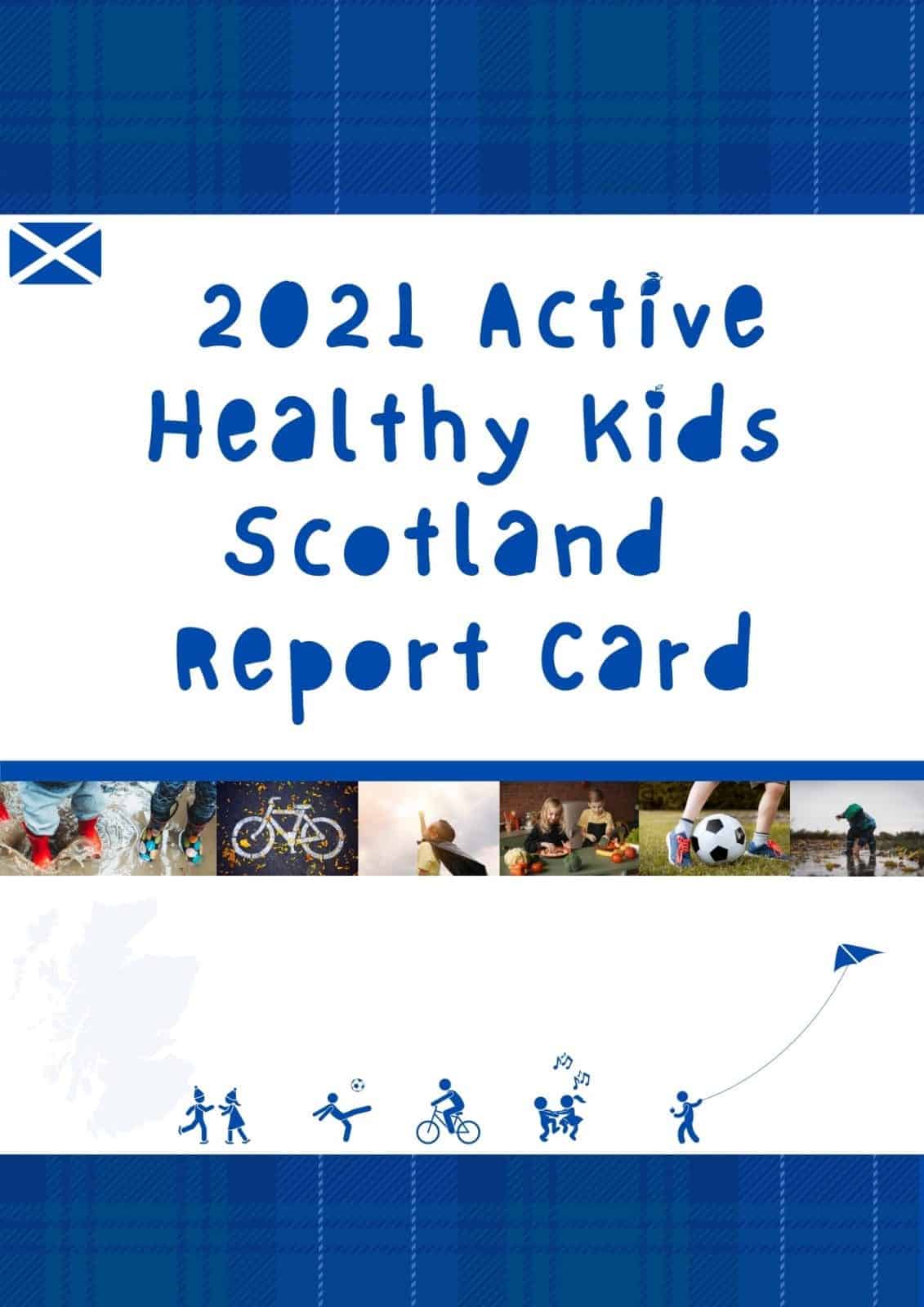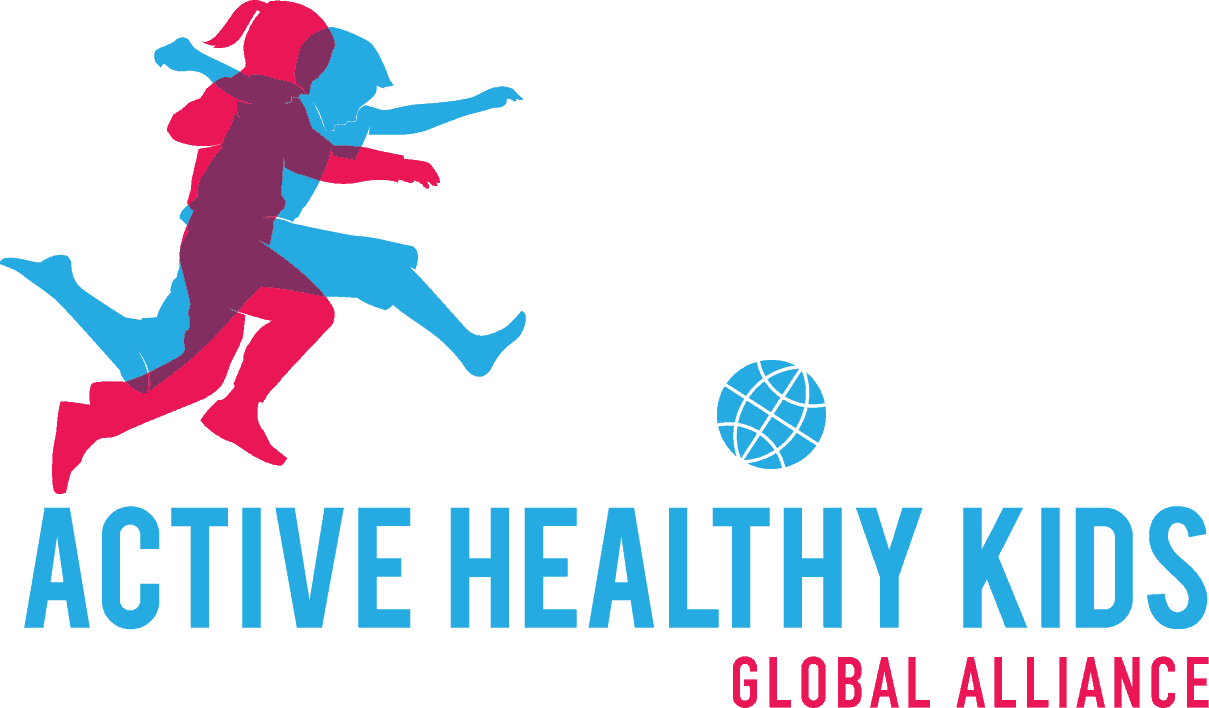
18 Aug Scotland Publishes Paper on Their 2021 Report Card
Scotland Report Card Team published a paper titled “Results from Scotland’s 2021 report card on physical activity and health for children and youth: Grades, secular trends, and socio-economic inequalities” in the Journal of Exercise Science & Fitness. Citation details and a summary of the paper are below.
Congratulations, team Scotland!
Bardid F, Tomaz SA, Johnstone A, Robertson J, Craig LCA, Reilly JJ. Results from Scotland’s 2021 report Card on physical activity and health for children and youth: Grades, secular trends, and socio-economic inequalities. Journal of Exercise Science & Fitness. 2022;20(4):317-322. doi:10.1016/j.jesf.2022.07.002
Abstract
Background
The 2021 Active Healthy Kids Scotland Report Card aimed to identify secular trends and socio-economic inequalities, and to assess the physical activity and health of children and youth prior to COVID-19.Methods
An expert panel searched for data published in 2018–2020. Grades were assigned to nationally representative data using the Active Healthy Kids Global Alliance methodology.Results
The expert panel, following national consultation, awarded the following grades: Community/Environment B-, Organized Sport and Physical Activity B-, Government/Policy C-/C+, Active Transportation C-, Family/Peers D-, Recreational Screen Time F. Five indicators were graded inconclusive (INC): Overall Physical Activity; Active Play; Physical Fitness; Diet; Obesity. Grades have remained stable or declined, and surveillance has reduced, increasing the number of INC grades. There were marked socio-economic inequalities for eight indicators (Recreational Screen Time; Overall Physical Activity; Organized Sport & Physical Activity; Active Transportation; Diet; Obesity; Family/Peers; Community/Environment).Conclusions
Despite a decade of favorable policy, physical activity and health of children and youth has not improved, and marked socio-economic inequalities continue to persist in Scotland. There is a clear need for greater monitoring of physical activity and health, and improved policy implementation and evaluation, particularly as many indicators and related inequalities may have worsened following the COVID-19 pandemic.
Click here to read the paper for free.


